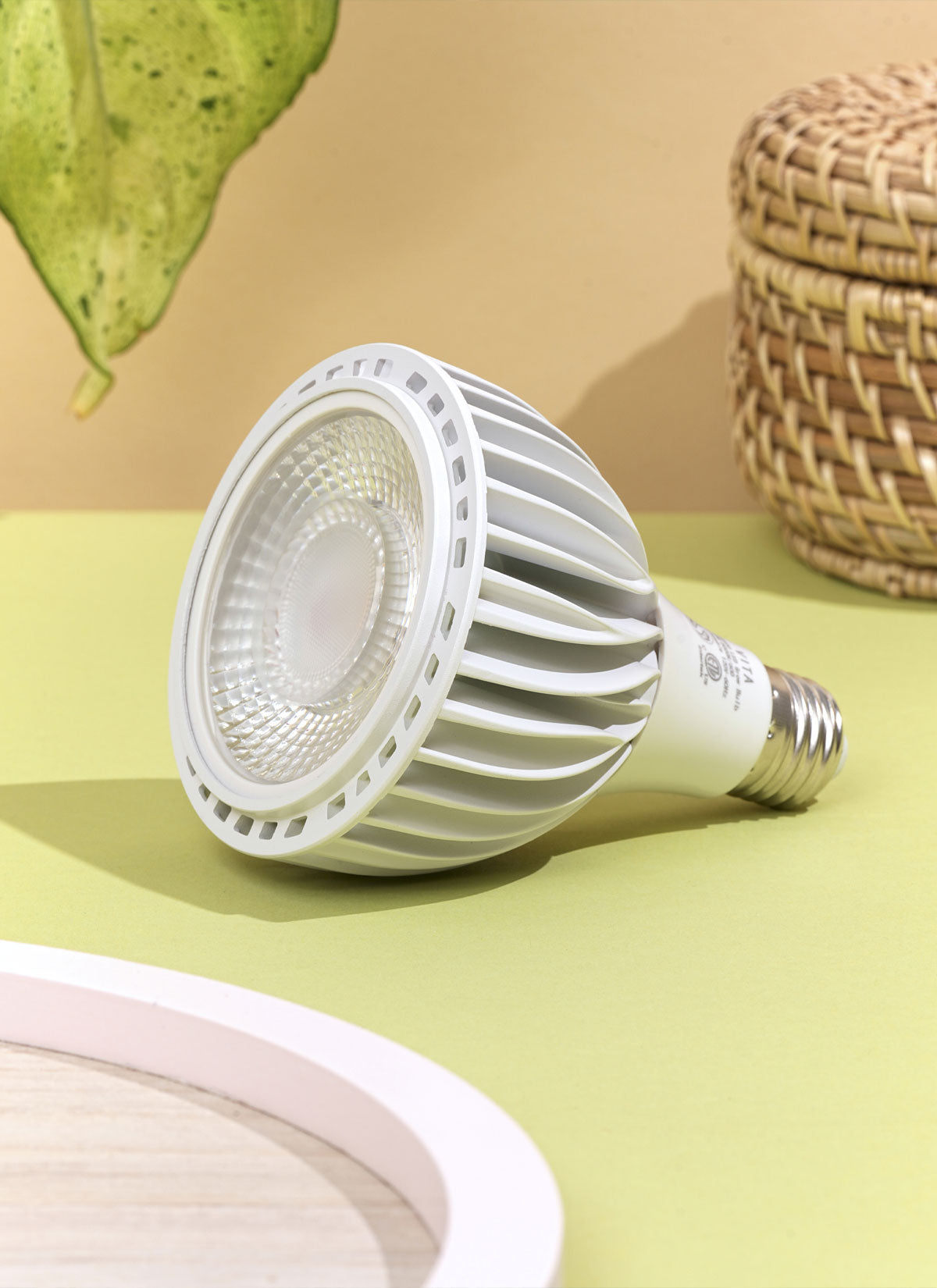Quick Tip: Water until water comes out of drainage holes. Allow top 2 inches of soil to completely dry between waterings.
Golden pothos, also referred to as devil's ivy, prefers a little bit of dryness. Allow the soil to dry out between waterings, and when the top inch of soil seems dry to the touch, water the plant well with room temperature water. Make careful to let any extra water drain out of the pot's bottom and avoid letting the plant stand in water, bas this might lead to root rot. Reduce watering over the winter, but don't let the soil get completely dry. A humidifier or spraying the leaves can help the Golden pothos thrive even though it can handle a wide variety of humidity levels. It's crucial to avoid overwatering the plant since this can result in yellowing or leaf drop. Generally speaking, maintaining slightly drier soil and avoiding extremes of wet or dry soil can aid in the growth and health of your Golden pothos.




















